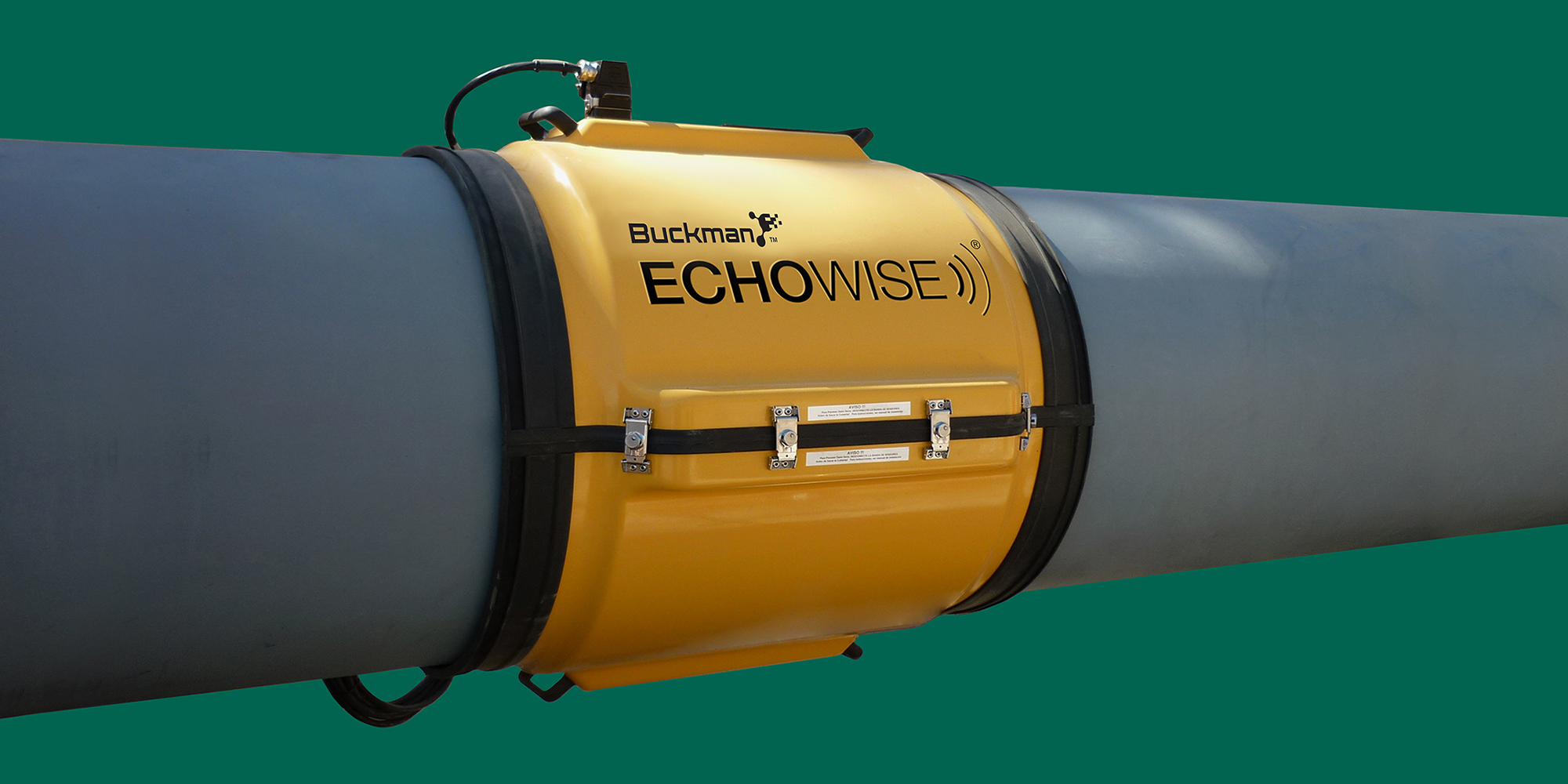Entrained air: The invisible villain for process control

Of all the variables in your process that impact drainage stability, entrained air is the invisible villain with the most ability to disrupt everything. When it goes up, drainage slows, defoamer gets overused, steam needs to be increased, and the likelihood of breaks, pinholes, moisture variations, and other defects grows in kind.
But mills can’t just pause operations to root out problems. Increasing demand for all varieties of paper products means they have to push their processes to go faster and increase output—inadvertently creating more foam in the process. On top of that, customers are asking for more challenging grades with higher specifications (e.g., lighter-weight, stronger packaging), which require more precision and discipline from your team at every step.
Increased variables = Increased costs and risks
As the variables in your processes shift up and down, many operators prefer to switch into manual control-something that can increase process variability. If they are getting an entrained air measurement into the DCS, they often don’t trust its accuracy, or they don’t see this single data point as more important than any others. They rely on their eyes, experience, and instincts, doing manual tests and running trials—for example, dosing more chemicals to knock down visible foam or strengthen fiber bonds.
But the more that’s added to this matrix, the more it costs in chemicals, energy usage, and man hours to try to balance it all. Meanwhile, your mills are living with variability that directly impacts output quality—which could endanger customer relationships and put your revenue streams at risk.
Defoamer costs vs. process efficiency
Chemistry can only take you so far. And often your purchasing agreement heavily influences how you dose your chemicals, creating a conflict of interest between costs and overall process efficiency. On top of this, many vendors are bundling process control technologies with their chemicals to make initial costs more attractive, but this can lock you into a lengthy relationship that ties your hands even more when it comes to chemistry choice and actual dosing needs.
You know cost pressures only continue to increase, and your procurement team is doing the best they can to ensure profitable operations. But they don’t always see the impact under- or overuse of defoamer can have on your process. Too little and your machines won’t perform as expected. Too much and you’ll see deposits, strength degradation, formation issues, and other defects that impact output quality.
Partner with Buckman and remove the hidden variable: Entrained air
Your process will always be subject to variations, but it’s difficult to solve issues when their root causes are obscured by so much noise. What if you could clear the hidden variable? When you partner with Buckman, you will automatically upgrade your control algorithms with accurate, continuous entrained air measurements, creating centerlines to compare with other process variables.
And you’ll use this data to implement closed-loop control, automating responses like defoamer application to keep entrained air within defined performance parameters.
Ackumen™ ECHOWISE® Pro’s closed-loop control capability allows for precision defoamer dosing
With Buckman, you can break the chemistry cycle by holding entrained air at your defined target. With ECHOWISE® Pro’s closed-loop control capability, you will automatically and precisely dose defoamer based on real-time entrained air data—freeing your operators from manual adjustments and other experiments that often introduce more variability downstream.
And when you flatten air, you remove it as a variable, which means your operators can better identify the root cause of issues. This also helps to reduce breaks, pinholes, and other defects—while more precisely holding to specific production and quality targets. And with truly automated control, you’ll reduce the temptation to run in manual, while driving overall machine efficiency (OME) gains across your entire asset base.
As a result, you’re able to make the papermaking process simpler, more consistent, and more predictable, while preventing unnecessary chemical usage and resultant impacts to the environment and your bottom line.
Decouple process stability from defoamer purchasing
When you partner with Buckman, you will decouple your process stability from your defoamer purchasing, so you can make the best decisions for the health and value of your entire process. With Buckman’s subscription model, you can incorporate ECHOWISE® Pro technologies, real-time entrained air data, and organizational support into your operations without a hefty upfront capital investment or defoamer agreement. And you can use this data to buy the right defoamer, not just the cheapest, ultimately dialing in usage to only what you need—no more, no less.
What’s more, working with Buckman allows for flexibility to implement ECHOWISE® Pro in all your mills, across all your paper machine assets, regardless of the defoamer each location has agreed to purchase. This not only helps you maintain an important balance between individual mill autonomy and organizational standardization, but you’ll also be able to calibrate budgets based on company goals and actual process needs, rather than vendor-driven bundles or purchasing agreements.
Learn more about Ackumen™ ECHOWISE® Pro.
Infographic | Website | Demo | Video